Description
Sodium alkyl hydroxamic acid is an intriguing and versatile chemical compound that has gained attention across various industries due to its unique chemical properties and potential applications. As a sodium salt derived from hydroxamic acids, this compound combines the properties of hydroxamic acids (R-CONHOH) with the characteristics of alkyl chain functionality, leading to a host of beneficial traits. Let’s explore its structure, properties, and applications in various fields.
Chemical Structure and Properties
alkyl hydroxamic acid consists of a hydroxamic acid functional group (-CONHOH) attached to a hydrophobic alkyl chain, along with a sodium ion. The sodium ion provides water solubility, while the alkyl chain introduces hydrophobicity and the ability to interact with non-polar substances. This combination of hydrophilic and hydrophobic regions makes this compound amphiphilic, which means it can interact with both polar and non-polar substances.
One of the most notable characteristics of sodium alkyl hydroxamic acid is its strong chelating property. The hydroxamic acid group has a high affinity for metal ions, forming stable complexes with transition and heavy metals. In addition, its alkyl chain length can be tailored to adjust hydrophobicity and solubility, making it adaptable to a variety of applications.
Key Applications
Thanks to its amphiphilic nature, chelating ability, and other unique properties, sodium alkyl hydroxamic acid is used in several industries, including mining, pharmaceuticals, personal care, and environmental science.
1. Mining Industry
One of the most common uses of sodium alkyl hydroxamic acid is as a collector in the mining and mineral flotation process. In flotation, it is used to selectively separate valuable minerals from ores. The hydroxamic acid group binds strongly with metal ions such as iron, copper, and rare earth elements, forming complexes that adhere to air bubbles during flotation. This allows valuable minerals to be effectively separated from waste material. The alkyl chain ensures hydrophobicity, which enhances its efficiency in the flotation process.
For example, in the extraction of rare earth elements or oxide minerals like cassiterite and ilmenite, sodium alkyl hydroxamic acid has proven to be highly effective in increasing recovery rates and processing efficiency.
2. Environmental Science
Sodium alkyl hydroxamic acid’s ability to chelate metal ions also makes it valuable in environmental applications. It is used in wastewater treatment to remove harmful metal contaminants such as lead, cadmium, and mercury. The compound binds to these toxic metals, allowing for their separation from industrial effluents. This contributes to cleaner water supplies and helps industries meet environmental regulations.
Additionally, the compound can be applied in soil remediation to remove heavy metal pollutants from contaminated sites, aiding in the restoration of ecosystems.
3. Pharmaceutical and Biomedical Uses
In the pharmaceutical industry, hydroxamic acids, including sodium alkyl hydroxamic acid, have been studied for their potential biological activity. Compounds with hydroxamic acid functional groups are known to possess anti-cancer, anti-inflammatory, and antimicrobial properties. While sodium alkyl hydroxamic acid itself is not widely used as a drug, its derivatives are being explored for therapeutic applications, particularly as metal chelators in disease treatments.
4. Personal Care Products
Owing to its amphiphilic nature, sodium alkyl hydroxamic acid can act as a surfactant or emulsifier in personal care and cosmetic formulations. It helps stabilize emulsions (mixtures of oil and water) in products such as lotions, creams, and shampoos. Its ability to bind metals also makes it useful in protecting personal care products from metal-induced oxidation, thereby extending shelf life.
5. Industrial Applications
In chemical synthesis and catalysis, sodium alkyl hydroxamic acid is used as a reagent or intermediate. Its chelating ability can enhance the performance of catalysts in various chemical reactions. Furthermore, it has useful anti-corrosive properties that allow it to be incorporated into industrial formulations to protect metal surfaces from oxidation and degradation.
Advantages and Future Potential
The versatility and adaptability of sodium alkyl hydroxamic acid stem from its customizable alkyl chain and strong metal-binding hydroxamic acid functional group. Its environmental friendliness, compared to other collector chemicals used in mining and metallurgical processes, has positioned it as an attractive alternative for industries striving toward sustainability.
Moreover, ongoing research is likely to uncover new applications and enhance its existing uses. For instance, advancements in material science could explore its role in developing novel chelating agents, coatings, and separation technologies. Its biocompatibility also makes it a promising compound for application in biomedical and pharmaceutical research.
Challenges and Considerations
Despite its many advantages, sodium alkyl hydroxamic acid does have limitations. Its synthesis can be cost-intensive due to the complexities of producing hydroxamic acids and their derivatives. Additionally, its stability under extreme industrial conditions or its potential interactions with other substances in formulations should be considered during its use.
Furthermore, like all chemicals, the environmental and health impacts must be carefully evaluated. Proper handling and disposal protocols are critical to avoid any unintended consequences during its manufacture, application, or disposal.
Conclusion
Sodium alkyl hydroxamic acid is an exceptional compound with vast potential across a spectrum of industries. From enhancing mineral recovery in mining to removing heavy metals from wastewater to stabilizing personal care products, its versatile nature is enabling modern advancements and fostering sustainability.
As innovation continues to propel chemical research, alkyl hydroxamic acid is poised to play an even more significant role in reducing environmental impact, improving industrial processes, and opening doors to new applications. With responsible use and ongoing research, it could become a cornerstone of sustainable development in the years to come.

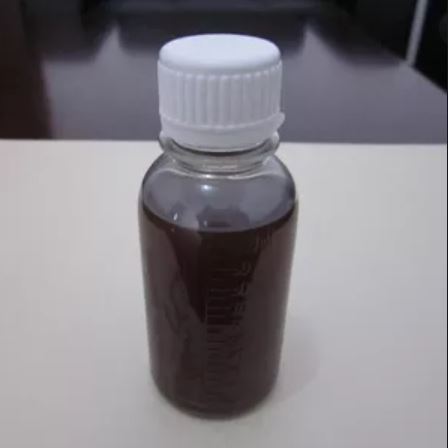

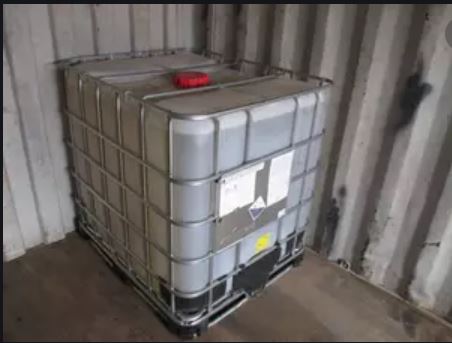



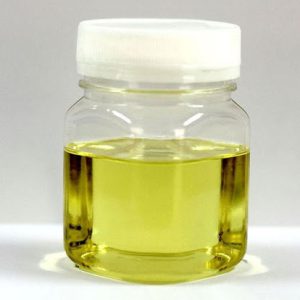
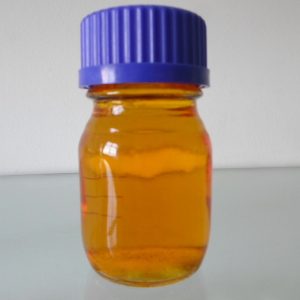
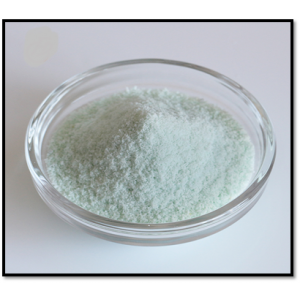


Reviews
There are no reviews yet.